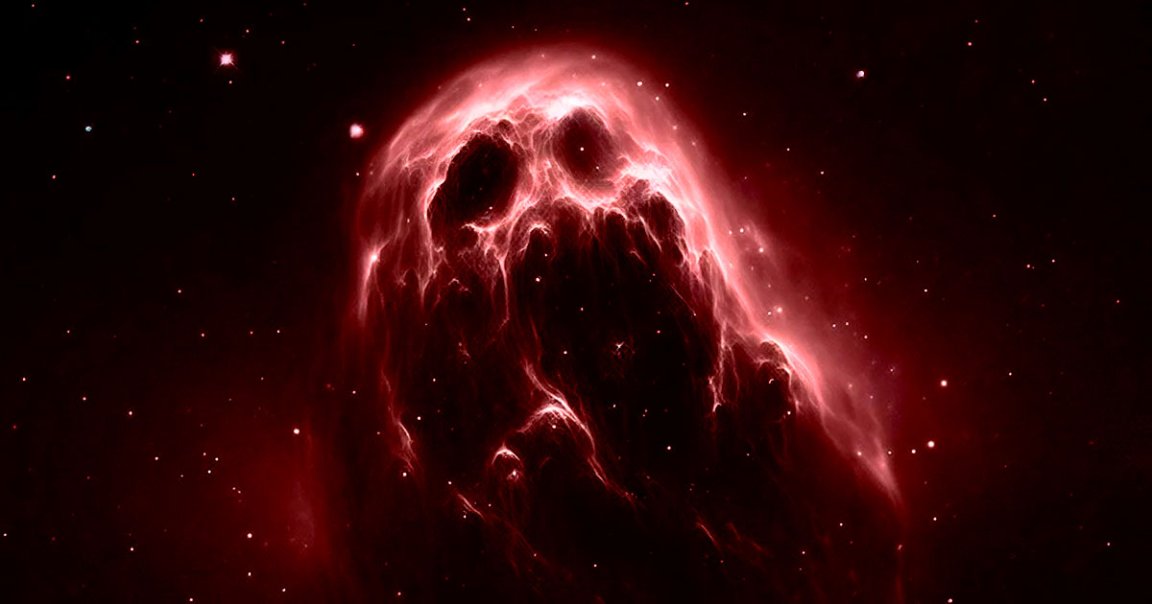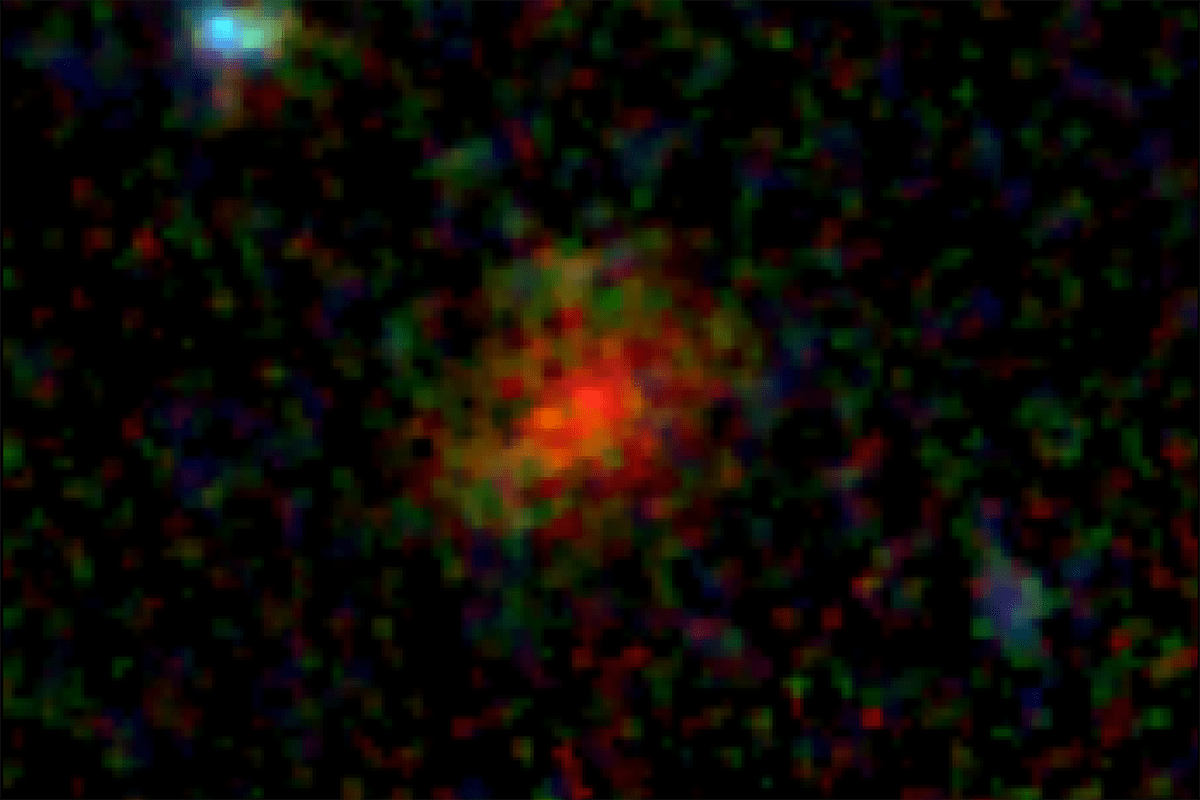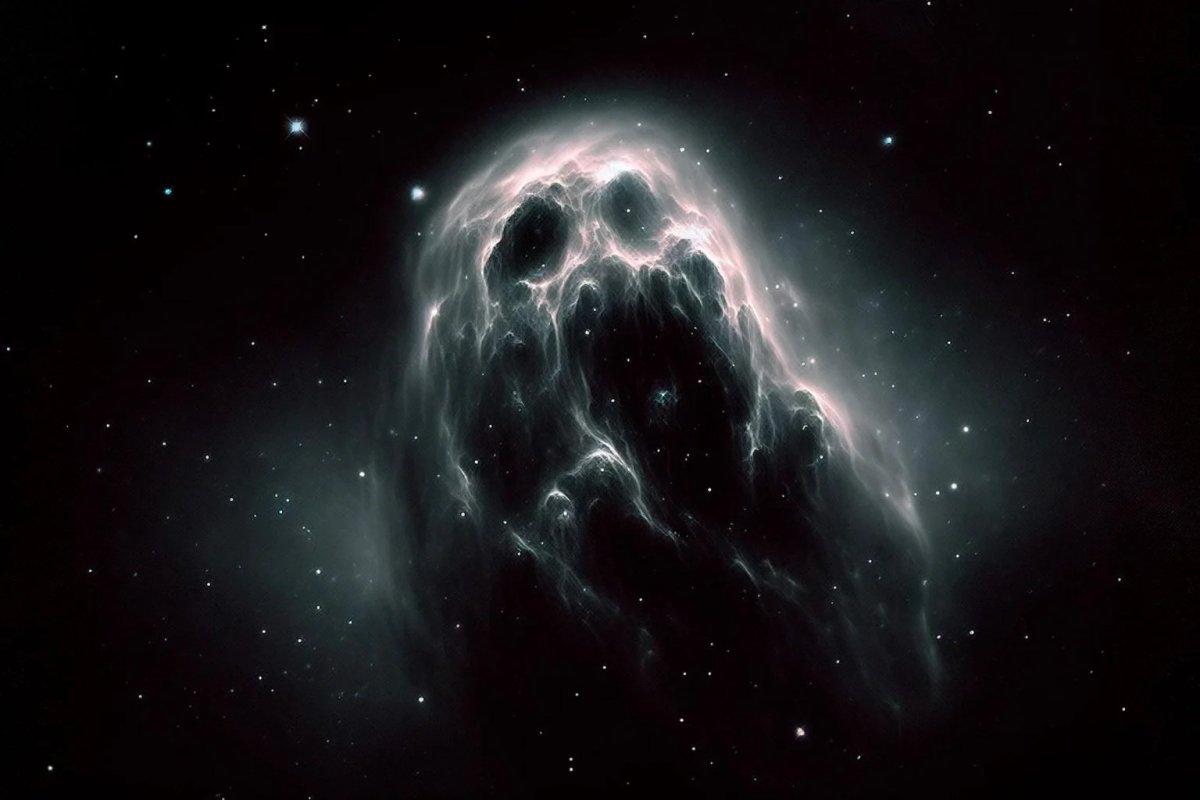
Ghost Galaxy
NASA’s James Webb Space Telescope has come across a mysterious yet familiar “ghostly” object.
The dusty and faint galaxy was previously entirely undetectable by the Hubble Space Telescope, but still managed to show up in observations by certain ground-based telescopes.
So the reappearance of AzTECC71, an extremely distant star-forming galaxy that dates back to nearly 1 billion years following the Big Bang, has astronomers excited, giving them a tantalizing glimpse into the oldest structures of the universe.
The observation suggests that massive star nurseries like it could be far more common — three to ten times, to be exact — as previously thought.
If that’s indeed the case, scientists may have to rethink how we understand the early universe, making it a far more “dusty” place than expected.
“This thing is a real monster,” said University of Texas postdoctoral researcher Jed McKinney, coauthor of a recent paper published The Astrophysical Journal, in a new press release. “Even though it looks like a little blob, it’s actually forming hundreds of new stars every year.”
“And the fact that even something that extreme is barely visible in the most sensitive imaging from our newest telescope is so exciting to me,” he added. “It’s potentially telling us there’s a whole population of galaxies that have been hiding from us.”
Eras Tour
Here’s the researchers’ image:

And here’s an artist’s rendition, courtesy of SciTechDaily:

The research was part of the JWST’s COSMOS-Web project, which is looking to map up to 1 million galaxies to get a better understanding of the earliest epochs of the universe.
While combing through the data, astronomers attempted to hunt down AzTECC71, which was too faint to be spotted by NASA’s Hubble telescope, but showed up as a blob of dust emissions by the James Clerk Maxwell Telescope in Hawaii.
Thanks to the James Webb’s far more sensitive infrared instruments, however, they discovered a familiar, but still faint, galaxy in its place.
“Until now, the only way we’ve been able to see galaxies in the early universe is from an optical perspective with Hubble,” McKinney said in the statement. “That means our understanding of the history of galaxy evolution is biased because we’re only seeing the unobscured, less dusty galaxies.”
The James Webb can “pierce the thickest of dusty veils,” per McKinney, which could change the way we understand the early universe — and perhaps unveil countless other galaxies like AzTECC71.
More on James Webb: James Webb Detects “Unexplained Structures” in Heart of Our Galaxy